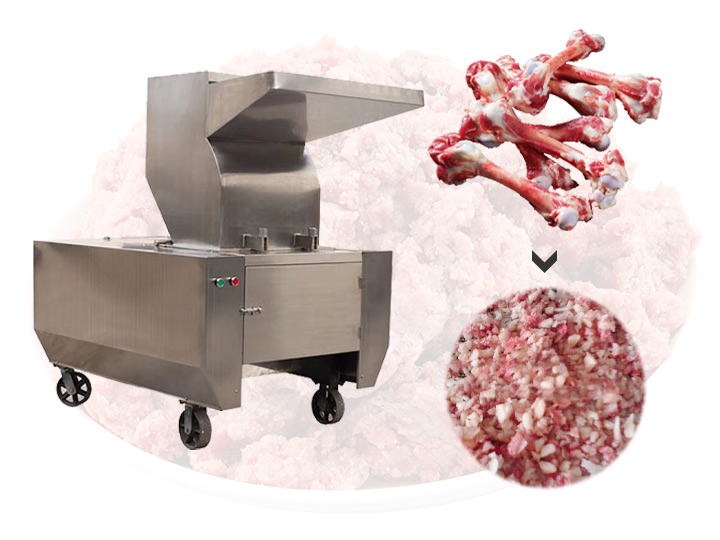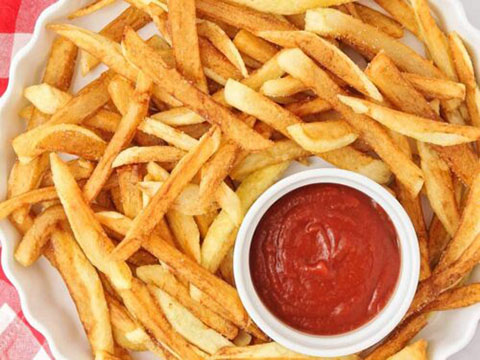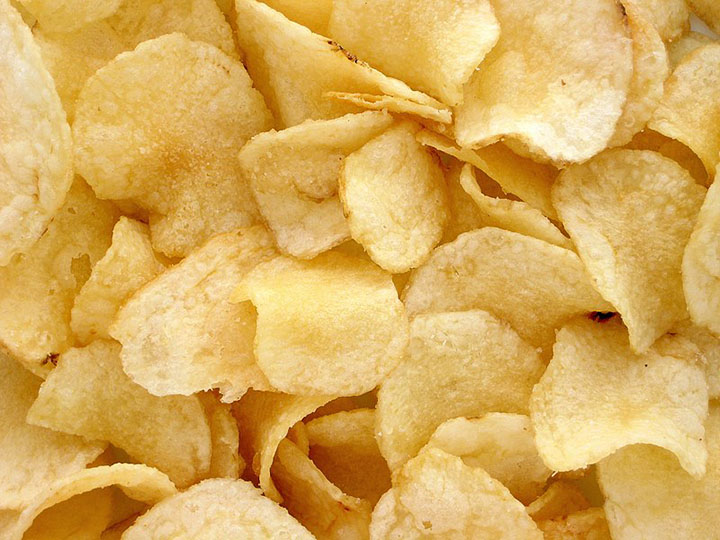뼈를 갈리는 가장 좋은 방법은 무엇인가요?
뼈를 갈리는 것은 daunting한 작업처럼 보일 수 있지만, 올바른 접근 방식을 사용하면 효과적으로 수행할 수 있습니다. 가정용 애완동물 사료를 만들거나 정원용 뼈 가루를 준비하는 경우, 뼈를 갈리는 가장 좋은 방법을 선택하는 것이 중요합니다. 이 기사에서는 뼈를 갈리는 가장 효과적인 방법을 논의하고 최적의 결과를 얻기 위한 팁을 제공합니다.
뼈 부착이 있는 고기 분쇄기
고기 분쇄기와 뼈 부착을 사용하는 것은 뼈를 갈기 위한 가장 좋은 방법으로 널리 알려져 있습니다. 다음은 단계별 과정입니다:
- 뼈 준비: 뼈에서 과도한 고기나 결합 조직을 제거하는 것으로 시작합니다. 소나 돼지 대퇴골과 같은 큰 뼈가 이 방법에 적합하다는 점을 유의해야 합니다.
- 뼈 자르기: 갈기 과정을 용이하게 하기 위해, 톱이나 칼을 사용하여 뼈를 더 작고 관리하기 쉬운 조각으로 자릅니다.
- 분쇄기 설정: 제조업체의 지침에 따라 뼈 전용 분쇄기 부착물을 안전하게 부착합니다. 분쇄기가 안정적인 표면에 단단히 고정되어 있는지 확인합니다.
- 뼈 갈기: 뼈 조각을 하나씩 분쇄기에 넣고, 철저한 분쇄를 보장하기 위해 일정한 압력을 가합니다. 뼈와 고기 조각을 번갈아 넣으면 과정을 용이하게 할 수 있습니다.
- 청소: 뼈를 갈고 난 후 분쇄기를 분해하고 모든 부품을 철저히 청소하여 뼈 조각과 잔여물을 제거합니다.

고품질 블렌더 또는 음식 가공기
뼈 부착물이 있는 고기 분쇄기가 없는 경우, 중형 블렌더나 푸드 프로세서가 대안 옵션이 될 수 있습니다. 모든 블렌더나 푸드 프로세서가 뼈 갈기를 위해 설계된 것은 아니라는 점을 유의하십시오. 다음은 제안된 접근 방식입니다:
- 뼈 준비: 이전 방법과 유사하게, 뼈에서 고기나 부드러운 조직을 제거합니다.
- 뼈 부수기: 톱이나 칼을 사용하여 뼈를 더 작은 조각으로 부수십시오. 이 방법은 닭이나 토끼 뼈와 같은 작은 뼈에 적합합니다.
- 뼈 얼리기: 뼈 조각을 비닐 봉지에 넣거나 비닐 랩으로 싸서 몇 시간 동안 얼립니다. 얼리면 뼈가 더 부서지기 쉬워지고 갈기 쉬워집니다.
- 뼈 갈기: 뼈가 얼면 블렌더나 음식 가공기에서 소량으로 처리합니다. 고속으로 펄스하거나 혼합하여 뼈가 곱게 갈릴 때까지 주기적으로 일관성을 확인하여 기계가 과열되지 않도록 합니다.
- 청소: 뼈를 갈고 난 후 블렌더나 음식 가공기를 철저히 청소하고, 제조업체의 청소 지침을 따라 뼈 조각과 잔여물을 제거합니다.
중요한 팁 및 고려 사항
- 안전 우선: 뼈를 갈 때는 부상을 방지하기 위해 장갑과 고글과 같은 보호 장비를 사용하는 것이 중요합니다.
- 적절한 뼈 선택: 모든 뼈가 갈기에 적합한 것은 아닙니다. 밀도가 높은 큰 뼈를 선택하고, 장비를 손상시키거나 위험을 초래할 수 있는 매우 작거나 단단한 뼈는 피하십시오.
- 장비 유지 관리: 고기 분쇄기, 블렌더 또는 음식 가공기를 정기적으로 청소하고 유지 관리하여 최적의 성능과 긴 수명을 보장합니다.
- 제조업체의 지침: 항상 장비에 대한 제조업체의 지침을 참조하십시오. 모델마다 뼈 갈이에 대한 제한 사항과 권장 사항이 다를 수 있습니다.
- 전문적인 도움 고려하기: 집에서 뼈를 갈기가 어렵거나 대량의 뼈 갈기가 필요한 경우, 정육점이나 뼈 갈기 서비스를 제공하는 애완동물 사료 공급업체의 도움을 받는 것이 좋은 선택입니다.
요약하자면, 뼈를 갈기 위한 가장 좋은 방법은 뼈 부착물이 있는 고기 분쇄기나 고품질 블렌더/푸드 프로세서를 사용하는 것입니다. 안전을 우선시하고, 적절한 뼈를 선택하고, 장비를 유지 관리하며, 제조업체의 지침을 따르는 것을 기억하십시오. 적절한 기술과 도구를 사용하면 다양한 용도로 뼈 갈기를 효과적으로 수행할 수 있으며, 뼈의 잠재력을 최대한 활용할 수 있습니다.


